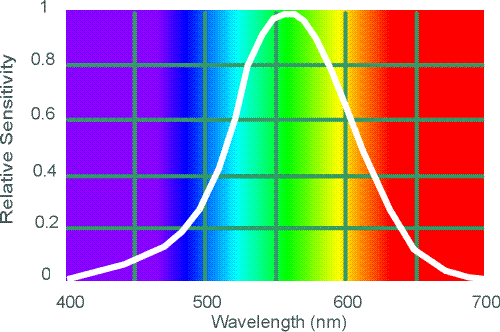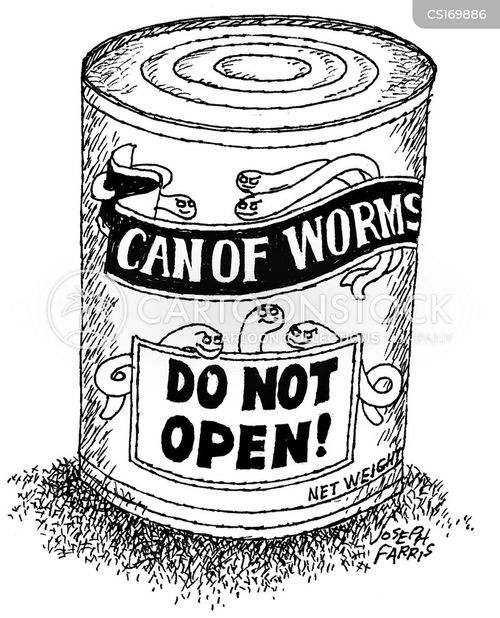Palmetto
Thank God!
The term tudei technically should be restricted to kavas with strong effects that last more than 24 hours. Noble or (Ig)noble would technically be irrelevant according to that usage. What I mean by ignoble would be a kava that is high in flavokawains (FK) B or C or pipermethysticin (PM) in the roots. Lebot divided tudeis from medicinal kavas, supposedly according to traditional usage, but this distinction was consistent with intermediate flavokawain levels between tudei and noble.
Here is how I would recommend dividing kavas:
Class Keys for classification Other tendencies
1. Noble kavas Low FK B+C, virtually no PM, DHM < 20% K > 20%, DHK < 30%, yellow acetone hue
2. Medicinal kavas Medium FK levels, DHM > 15%, DHK > 30%, low PM orange acetone hue, low kavain
3. Tudei kavas High FK levels, high DHM and DHK orange acetone hue, +/- PM
Okay, so not the most original classification, nor the best defined, but it would certainly solve the argument over whether certain borderline kavas should be called noble or not. If they were "medicinal", they wouldn't get as much stigma as the tudeis, but it would alert the buyer of some potential for hangover or FK levels. A kava would only be eligible for a classification if it met ALL of the minimum requirements, not whether it resembled a noble in some ways. For FK levels, I would use FK B and C, since they are both hepatotoxic alone, whereas FK A has very good antitumor effects without the hepatotoxicity.
www.ncbi.nlm.nih.gov/pubmed/24423570
Here is how I would recommend dividing kavas:
Class Keys for classification Other tendencies
1. Noble kavas Low FK B+C, virtually no PM, DHM < 20% K > 20%, DHK < 30%, yellow acetone hue
2. Medicinal kavas Medium FK levels, DHM > 15%, DHK > 30%, low PM orange acetone hue, low kavain
3. Tudei kavas High FK levels, high DHM and DHK orange acetone hue, +/- PM
Okay, so not the most original classification, nor the best defined, but it would certainly solve the argument over whether certain borderline kavas should be called noble or not. If they were "medicinal", they wouldn't get as much stigma as the tudeis, but it would alert the buyer of some potential for hangover or FK levels. A kava would only be eligible for a classification if it met ALL of the minimum requirements, not whether it resembled a noble in some ways. For FK levels, I would use FK B and C, since they are both hepatotoxic alone, whereas FK A has very good antitumor effects without the hepatotoxicity.
www.ncbi.nlm.nih.gov/pubmed/24423570




